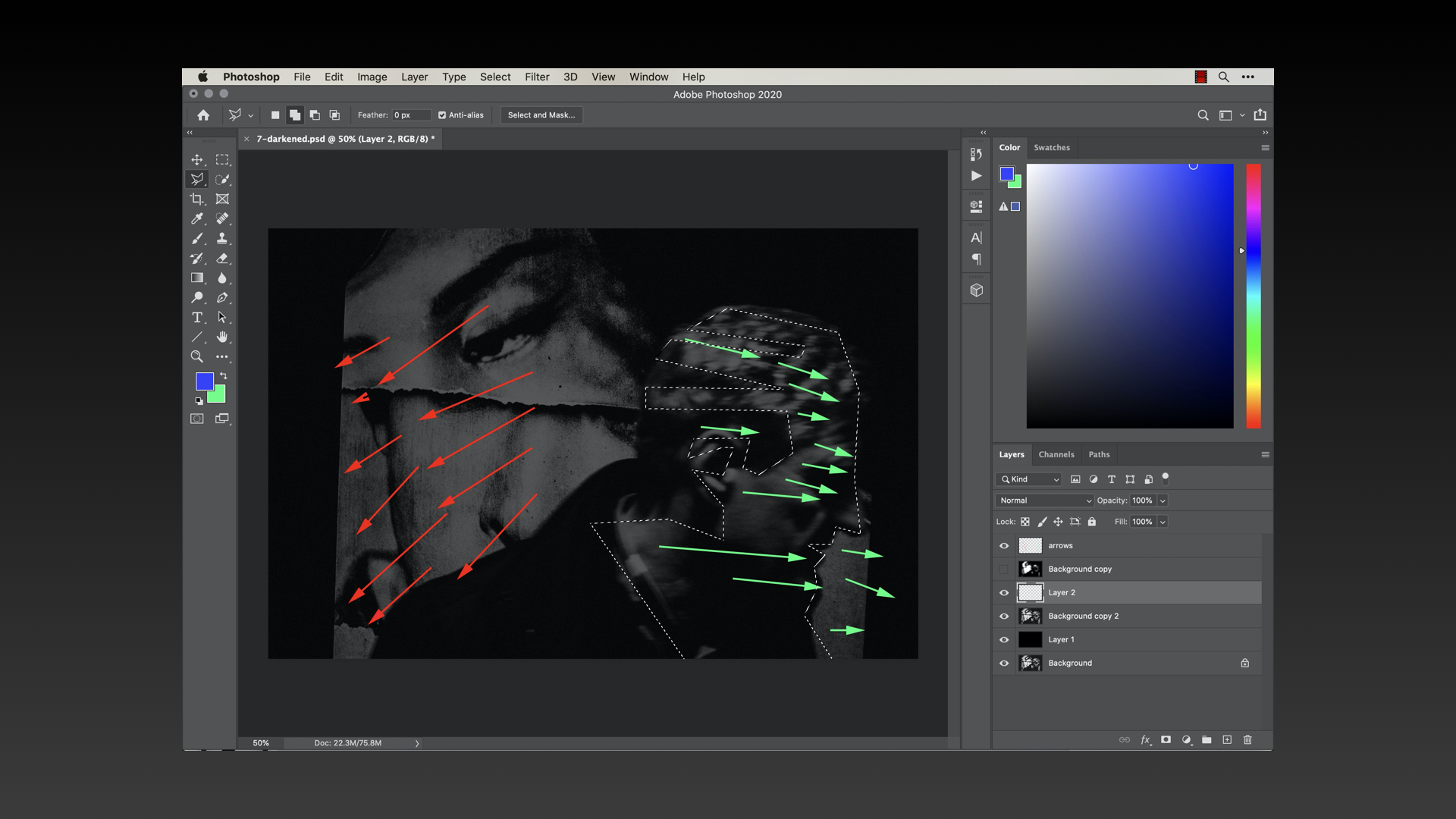Your cart is currently empty!
How to Teach Your Own Online Photography Workshop
Practical ideas and lessons:
Recording
Files
Related reading:
- Slides: Introduction to Dynamic Composition Photography Online Workshop by ERIC KIM
- My Experience Teaching My First Online Photography Creativity Workshop on Zoom
- ERIC KIM ONLINE PHOTOGRAPHY CREATIVITY WORKSHOP COMPOSITION ANALYSIS, PROCREATE, iPad, ZOOM
This is a work in progress (like everything in life), but some things I’ve learned thus far:
1. Teach like you would teach in real life
I think the first principle is this:
Teach online like you would teach in real life.
We tend to separate the online and the offline. My thought is this:
The more you can combine your online self and real life (in person) self, the better.

2. The format
I’ve found this format of a 2-hour online ZOOM workshop quite ideal. 12-2pm (eastern time) is a sweet spot for me. You get the California folks (9am-11am) and you also get the European/London folks.
3. ZOOM is amazing!
ZOOM is the shit. I love it. Seamlessly integrates my laptop (MacBook Pro) and my iPad. In Zoom you can do ‘share screen’ to both your laptop *AND* your iPad (via USB-C to lighting cable).
The functionality and seamlessness of ZOOM is a trillion times better than Skype and Google’s platform. Just use zoom.
4. Practical considerations
I’ve found just using my default MacBook Pro webcam and audio (no microphone) ideal. Feels more natural. I can move around and don’t gotta worry about no bluetooth syncing issues or whatever with headphones or whatever.
5. How to get people to signup
Simple: make a blog post, or website, or some page that describes your workshop, time, set a price, and accept payments via PayPal (buy it now button) and when your workshop time comes up, just teach it!
6. How to engage your students
My thought:
Make it both fun and educational.
I curse, I play around, and I don’t take myself too seriously. Show your setup, behind the scenes, whatever. Talk on zoom like you would real life. Don’t censor yourself.
7. Multi-sensory engagement
My thought:
- Get the students to talk: Ask questions and engage them.
- Have the students draw: Show them a photo composition and get them to sketch and draw it.
- Have the students analyze photographs, and as they analyze, you lead!
8. Assignments and activities before and after workshop
Before the workshop have students send you 1 of their best photos (or a photo they want feedback on) for you to analyze.
Also after the workshop, give the students an assignment to shoot AFTER the workshop. A simple assignment and send an email chain and tell them to reply ‘all’. This is a good way to keep them motivated and to actually go out and shoot NEW photos, which is the goal.
9. You never teach only once
Big thing:
You will not only teach once.
This means:
As you keep teaching, you will keep learning, changing, iterating, improving, cutting, adding, etc.
This is what makes teaching so great!



10. You can do no wrong
There is no ‘wrong’ ways to teach online. To me, it is just boring or un-boring. I strive to teach un-boring.
What is boring? It is highly subjective! Just ask yourself and think:
When I was a kid, which teachers bored the shit out of me, and why were they so boring?
Then you use that opportunity to simply do the OPPOSITE of what your past boring teachers did. This is what makes a ‘good’ teacher; a fun, entertaining, engaged teacher who actually cares!





11. Tools of the trade

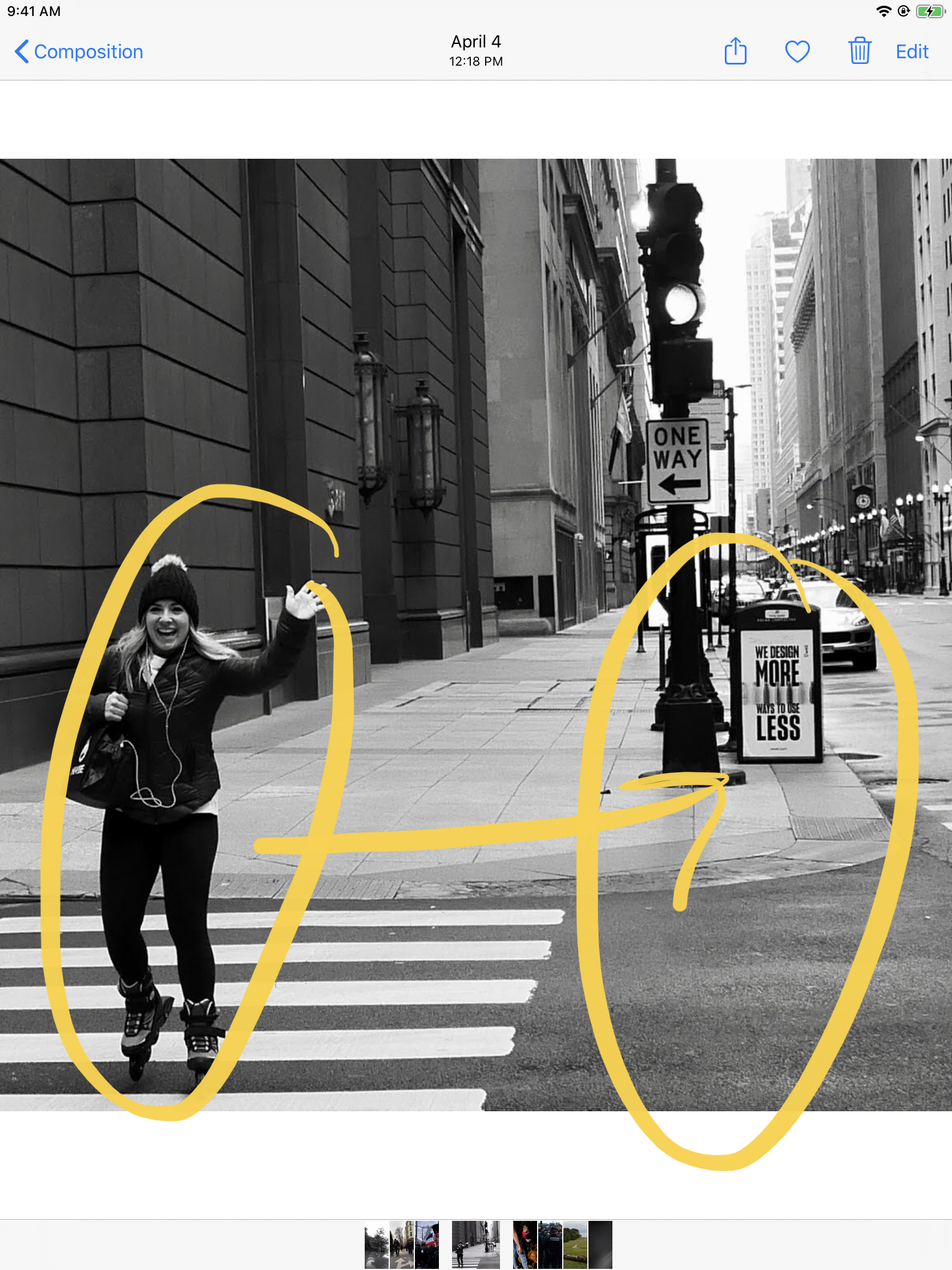



For me teaching online, I prefer having my MacBook laptop and an iPad with procreate. This seems like the perfect synthesis to teaching online via zoom, especially for photography.
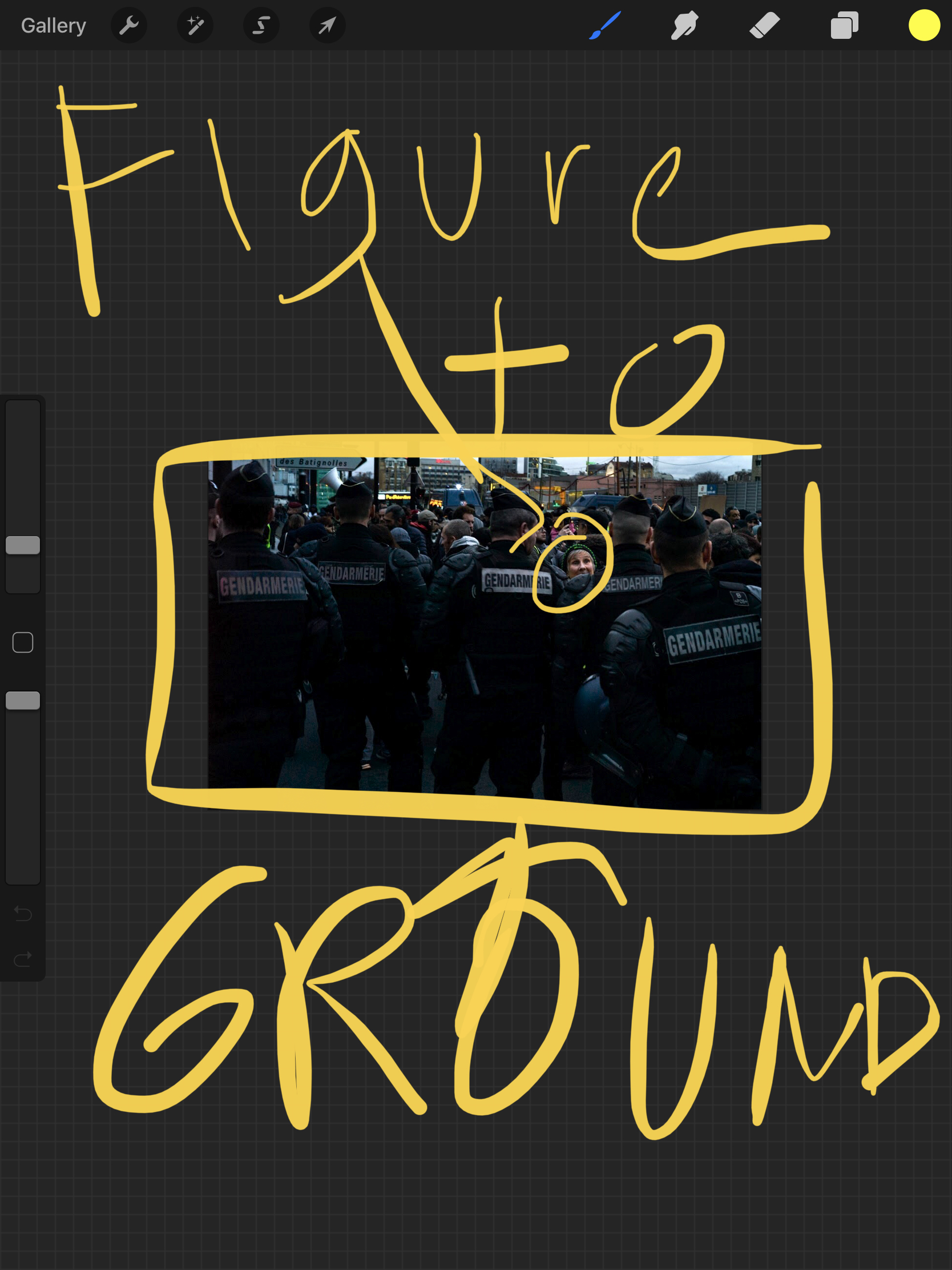

12. Apple Pencil is for suckers
Just use your finger. There is something very organic about drawing with your fingers, especially on iPad. I use the default screenshot tool, then will sketch on top of the images (in real time) to show what I mean to say!
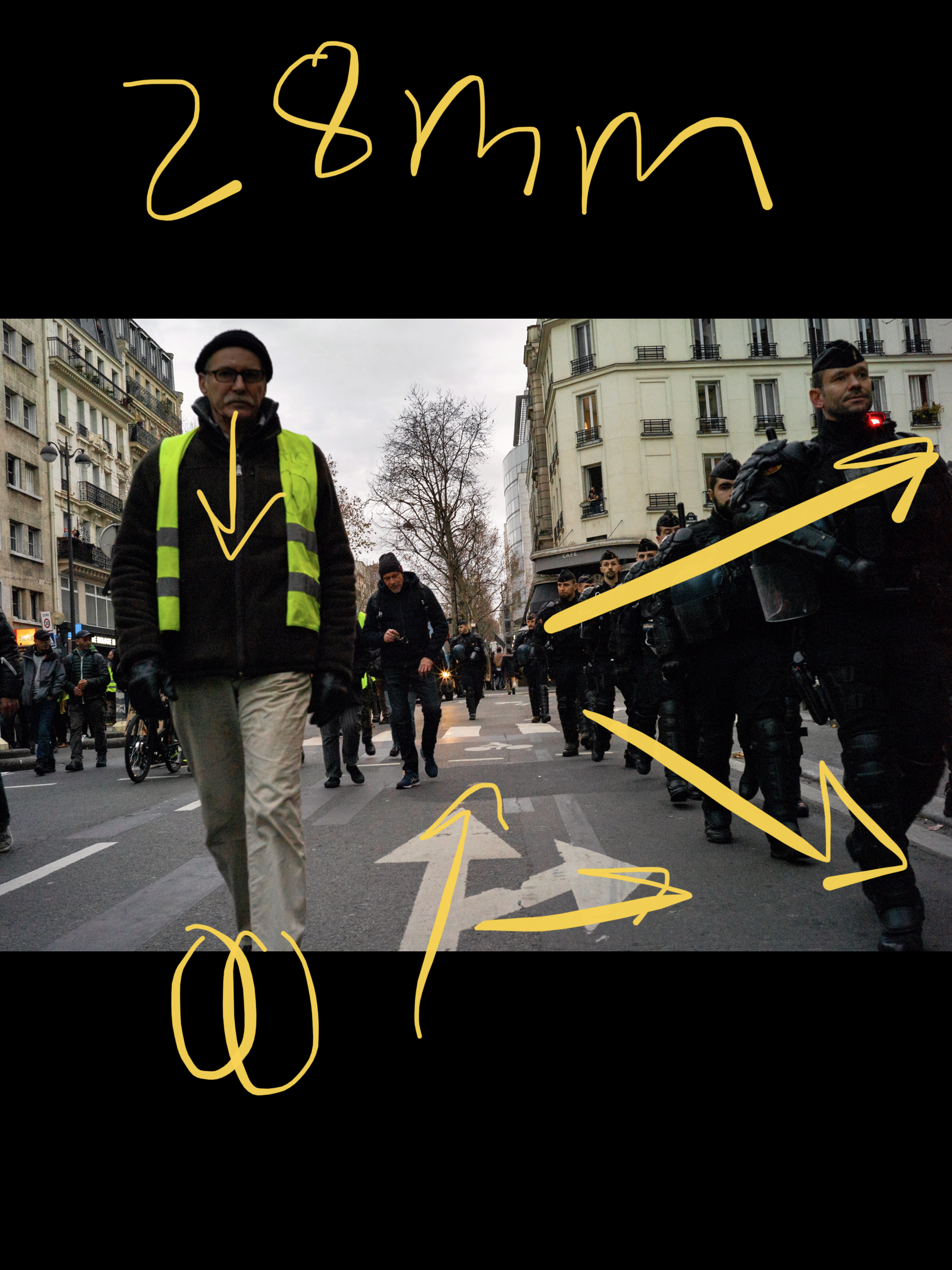




13. What if online teaching for photography is actually *SUPERIOR* to traditional in-person teaching?




This is where things get very interesting to me. I’ve taught in-person workshops for photography for a decade+, and I actually think teaching online via zoom for composition and such might be SUPERIOR to teaching in-person. Why? Augmented technologies to better describe what you’re trying to say! A trillion times easier and cheaper than booking an expensive conference room, getting a projector (you never have the right adapters or cables), always issues with the lighting of the projector (color correction and brightness is a nightmare) and travel and accommodation is very expensive for students. I still value in-person workshops (to go out and shoot and have travel experiences), but I think the future of photography and workshops is this:
Hybrid of BOTH online AND real-life (in-person) workshops.
For example, you cannot virtually travel to some exotic place to shoot photos. So travel photography experiences in the future will be highly valuable. But for more substance-heavy topics, online workshops via ZOOM might actually be superior.
14. How many people can you fit inside a conference room?
Also other considerations; ZOOM is (almost) infinitely scaleable. Madison Square Garden can fit 20,000 participants at once. With Zoom (or online streaming platforms) you can theoretically 10x that; and have 200,000 participants tuning into your live stream at once!
15. The future is bright
Shout out to Cindy who taught me how to use zoom and effectively teach online. We are both passionate about pedagogy (the art and philosophy of teaching) both in person and online.
Essentially the goal I think is to create a sense of community. Don’t focus on the content; focus on the engagement, passion and self-learning of the students! You don’t “teach” the students; you guide them! You facilitate their own inner-learning!
16. The future of online streaming?
Cindy recently put out a new film: VELCRO SHOES, which encapsulated her experience with memory and language in America. It was fascinating; we did a ‘watch party’ online via ZOOM, and it was epic to see the facial reactions of our friends and family as they watched and experienced the film live. I wonder– now with COVID-19, why watch a film in a theater? I don’t wanna socially distance inside a theater! Perhaps the future is gonna be streaming online?
17. Ideas for teachers and educators
Google slides is probably the easiest way to get started making slides. Experiment with the different themes. I prefer that which is fun, bright, and vibrant!
- ERIC KIM PHOTOGRAPHY ONLINE CREATIVITY WORKSHOP #1
- ERIC KIM PHOTOGRAPHY ONLINE CREATIVITY WORKSHOP #2
I find making slides very fun creatively! The design, layout, colors, etc.
My last online workshop I used Keynote on my Mac; and holy moly… the design is absolutely GORGEOUS!
18. Teacher x Entertainer
Good old Horace taught us:
If we want to be effective, we must both entertain AND educate at the same time!
The death of the educator:
Once the educator becomes too stiff and ‘serious’.
We must become supple, playful, flexible, and fun!
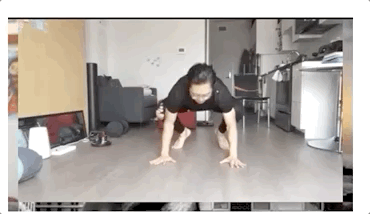
19. Never stop innovating
What bright new and exciting futures are in the future when it comes to digital learning and pedagogy? Harness all the tools!
- Screen-sharing
- Live demos
- Live student engagement
- Drawing, writing, typing, thinking, acting
- Powerpoint, slides, keynote, google slides
- Shared google docs
- iPad sketches (Procreate)
- Photoshop
More turbo thoughts to come. Join ERIC KIM NEWSLETTER for more turbo thoughts!
ERIC KIM
















































































































